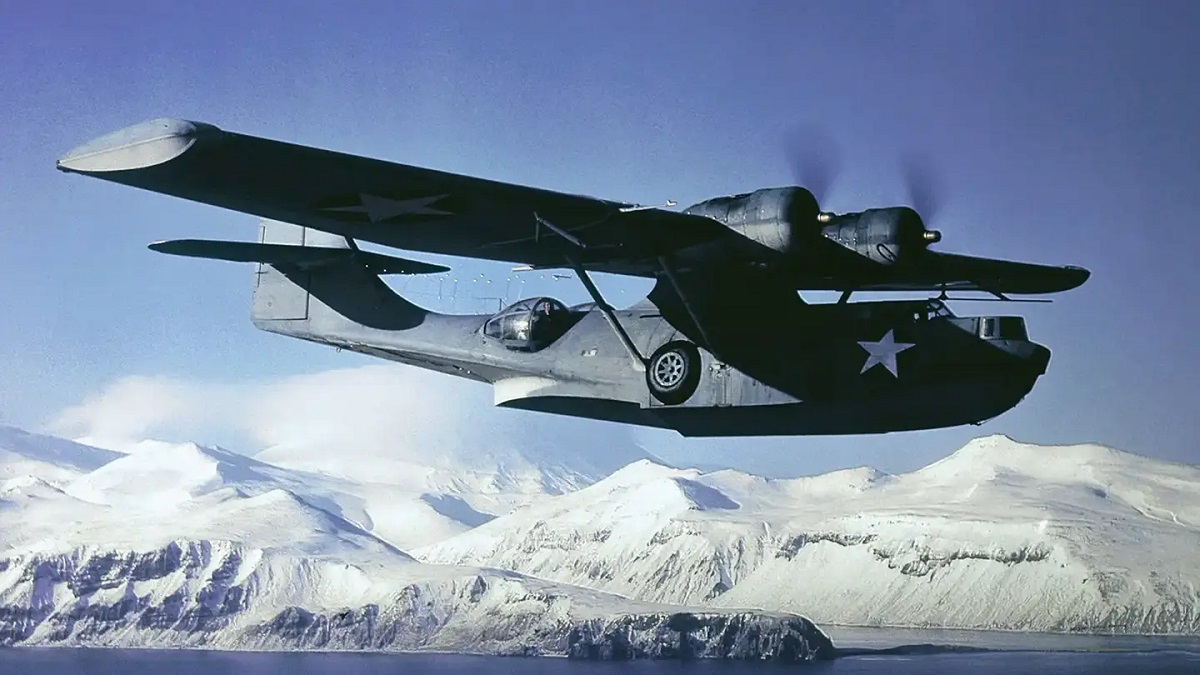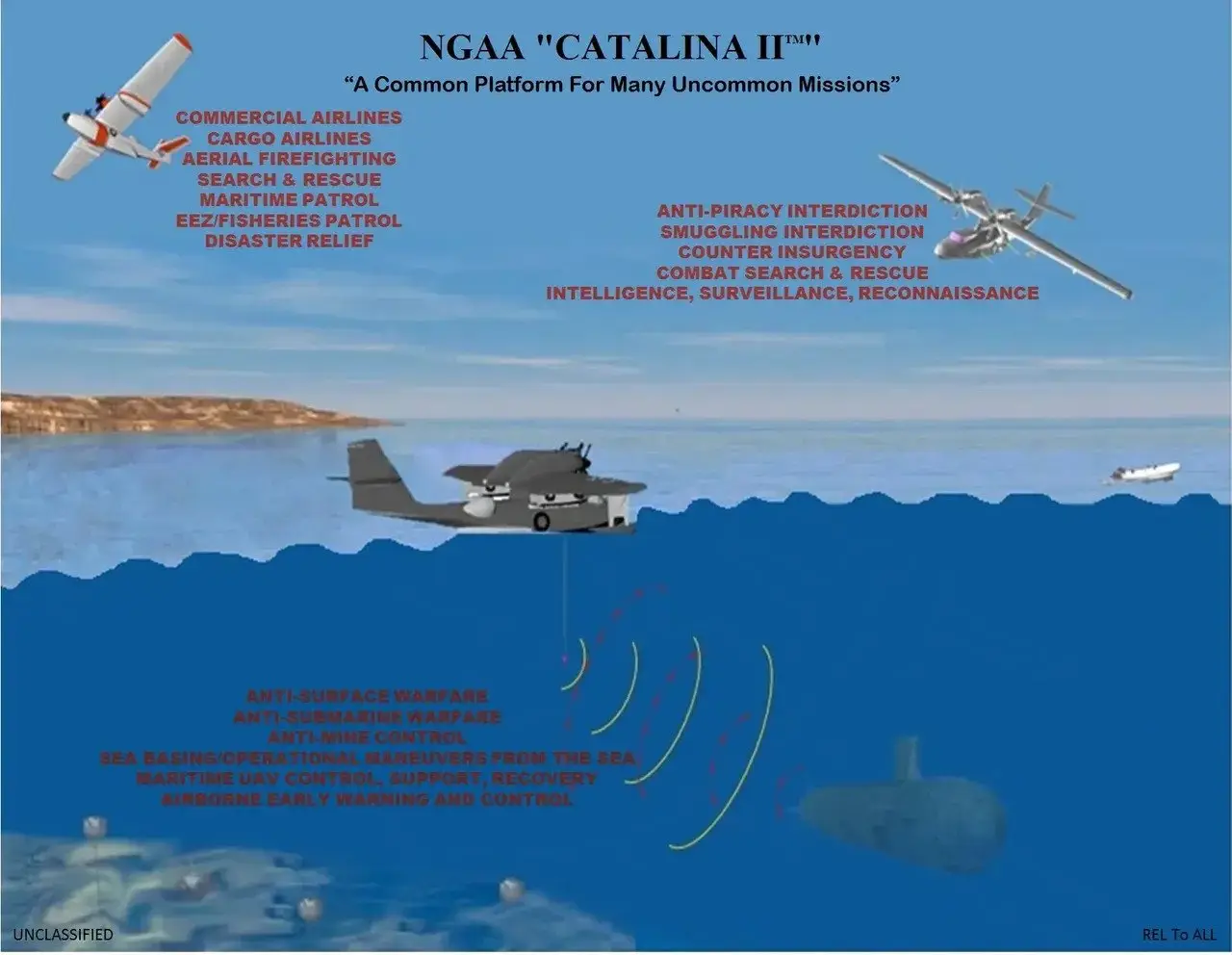AFlorida will convert the iconic World War II-era seaplane Consolidated PBY 5 Catalina into an airborne landing platform for the U.S. military

The US Armed Forces want an airborne platform for amphibious operations. The solution could be the iconic Consolidated PBY 5 Catalina seaplane, which was used during World War II.
Here's What We Know
The Consolidated PBY 5 Catalina was used for maritime patrols and search and rescue operations, as well as acting as a light transport. Now the U.S. Armed Forces want to get a new generation aircraft under the Next Generation Amphibious Aircraft (NGAA) Catalina II programme.

The air platform, which will be based on the Consolidated PBY 5 Catalina, will be equipped with advanced engines and modern avionics. It will be able to offer something that no other modern aircraft of this class does. That's the view of Lawrence Reece, president of Catalina Aircraft.
The Pentagon is on the lookout for aircraft that won't be tied to runways and can operate in environments where large military bases have been destroyed or damaged. Now the U.S. Air Force Special Operations Command is testing the MC-130J Amphibious Capability or MAC. It is an aerial refuelling and transport aircraft at the same time, which will be converted into a seaplane. Demonstration of the concept is expected within 2-3 years.

Catalina Aircraft said it is considering two versions of the NGAA Catalina II: one for military and one for commercial customers. The first version is called the NGAA Catalina II Special Use Variant. It will have a maximum take-off weight of more than 18,000kg and will be able to operate in winds of up to 18km/h and wave heights of up to 90cm.
If all goes according to plan, the US military could have the first NGAA Catalina II aircraft by 2029. It can take to the air from sand, grass, mud, rivers, lakes, bays, and, of course, from a conventional runway.

The NGAA Catalina II will be equipped with a 2,710 gallon fuel tank. Flight time will be more than 19 hours. The special purpose version will get a more powerful powerplant and will have a cruising speed of 360 kilometres per hour.
Source: The War Zone